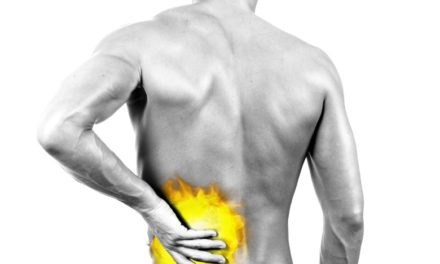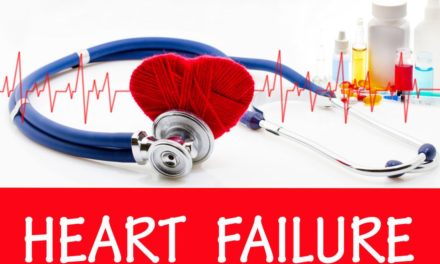Men with low levels of vitamin D in the blood have a greater risk of heart attack that those with normal levels, according to research appearing in the Archives of Internal Medicine (2008 June 9;168(11):1174-80). A nested case-control study was conducted in 18,225 men in the Health Professionals Follow-up Study; the men were aged 40 to 75 years and were free of diagnosed cardiovascular disease at blood collection. During 10 years of follow-up, 454 men developed nonfatal myocardial infarction or fatal coronary heart disease. It was found that men with serum vitamin D levels below 1.5 ng/ml were 2.42 times more likely to have fatal coronary heart disease or a non fatal heart attack than those with normal vitamin D levels.
Research appearing in the Journal of the American Geriatrics Society (Volume 56 Issue 5, Pages 785 – 791) examined whether the association between pain and vitamin D status differed by sex. The subjects of the study were 958 men and women over the age of 65. Of the group, 58% of the women and 27% of the men had at least moderate pain in either the low back or lower extremity. Serum vitamin D levels were measured in the subjects. Low vitamin D levels were associated with low back pain in the women; in fact, low vitamin D levels represented a 96% increase in the risk of back pain. The low levels were not associated with accompanying lower extremity pain and this relationship was not present in the men participating in the study.
A retrospective study, appearing in Breast Cancer Research and Treatment (Epublished ahead of print, March 8, 2011) looked at breast cancer patients and vitamin D status. Vitamin D defThe subjects, 224 women with breast cancer (stage 0 -stage III), were divided into three groups. One group received no vitamin D, one group received 1,000 IU per day of vitamin D and a third group received a high dose, 50,000 IU per day dose of vitamin D. Only the high dose group experienced an increase of 25(OH)D levels.
A double-blind, placebo-controlled study that appeared in Tropical Medicine and International Health (Volume 15, Issue 10, pages 1148–1155, October 2010) looked at the use of a single, high dose vitamin D supplement and the effect it had on children recovering from pneumonia. The subject of the study were 453 children between the ages of one and 36 months who had pneumonia. They were randomly divided into two groups. One group received antibiotics as treatment for the pneumonia and the other received a single 100,000 IU dose of D3 along with the antibiotic treatment. There was no difference in the amount of time it took for recovery between the two groups. The group receiving the vitamin D, however, demonstrated a 22% reduced risk of having a repeat bout of pneumonia when compared to the placebo group.






